AARP Hearing Center
Stuart Lutz says he has always been fascinated by the stories he heard from older people. Twelve years ago, he began recording interviews with an elite group of Americans " the last survivors who witnessed, and lived through, some of the most tragic and awesome events in the nation's history.
Lutz, a historic document specialist, recently published their stories in his book, The Last Leaf: Voices of History's Last-Known Survivors. Here are a few of them.
Robert Lockwood Jr.

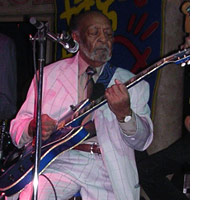
The last person to play with Blues legend Robert Johnson
If you ever heard the Rolling Stones' cover of "Love in Vain" or Eric Clapton's version of "Crossroads," you're familiar with the work of the great bluesman Robert Johnson. His stepson, Robert Lockwood Jr., was the last person to have played with him. Lockwood was also the only person to ever learn the secrets of the notoriously private guitarist. He also traveled and performed with him.
Lockwood recalled a joint performance with Johnson in Mississippi: "He put me on one side of the river and he went on the other. Folks crisscrossed that bridge like crazy. They didn't know which one of us was Robert Johnson, and they filled up both our baskets!"
Until his 90s, Lockwood had a weekly gig where he continued to push musical boundaries " one time inviting his saxophonist to play a flute during a blues number.
Lockwood died in 2006 at age 91.


Rose Freedman
The final survivor of the Triangle Shirtwaist Factory Fire
Perhaps the most famous industrial fire in American history, which led to demands for labor reform and regulations, began in a shirt factory in New York's Greenwich Village in 1911. The fire quickly spread. Most of the factory's workers, mainly immigrant teenage girls, were trapped. The factory's executives were in the habit of locking the doors to ensure workers wouldn't be late and didn't leave early. The workers were forced to jump to their deaths from high floors.
But Rose Freedman, then 17, had a different idea. She recalled: "Everyone started screaming and running toward the fire escape. I wasn't near the windows. I was further back and stood still in shock."
Then she asked herself, "What are the executives on the 10th floor doing?" Everyone else made the seemingly logical choice of going down to escape. But Freedman said she "pulled my skirt over my head and dashed up the interior stairs to the 10th floor."

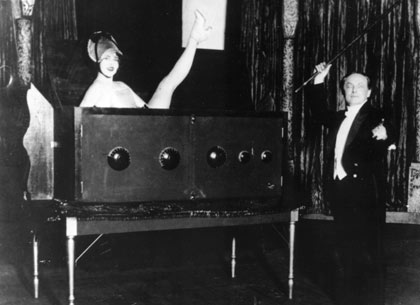
A police officer on the roof next door hoisted her over, and she walked downstairs to safety. That day, the fire claimed 146 other workers.
Freedman died in 2001 at age 107, a month before the 90th anniversary of the fire.
Dorothy Young
The last surviving person to perform with Harry Houdini

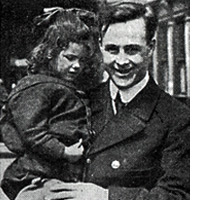
During one of Harry Houdini's acts, Dorothy Young hid in this oversized radio. "Houdini would come out, turn it on, tune it and I would pop out," Young recalls. "He would announce me, lift me up and then I would do the Charleston."
Young is 102 and lives in Ocean Grove, N.J.
Barbara McDermott
The last passenger of the sunken Lusitania
Struck by a German submarine's torpedo in 1915, the RMS Lusitania ocean liner sunk in 18 minutes and paved the way for the nation's entry into World War I. Barbara Anderson McDermott was 3 at the time of the disaster, but still remembered it.
"I saw the ship sinking before me. I was grabbed by a crew member [Assistant Purser W. Harkless, pictured above with McDermott] and put into a lifeboat. Lucky for me, it turned out to be the same one as my mother was in," she recalled. "Since we were having lunch, I had a spoon in my hand when the ship went down. I still had it when we got to England."


































































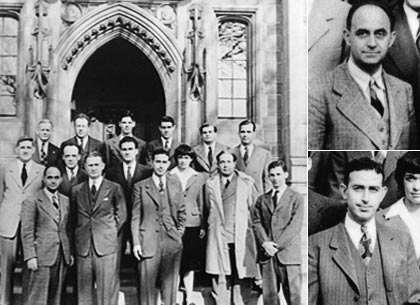

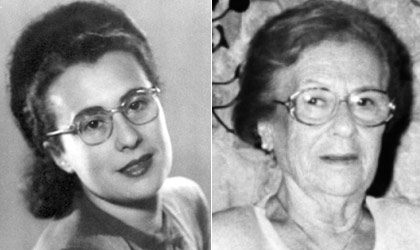
More on politics-society
Get Yourself Ready for the 2020 Election
Expect rough-and-tumble campaigns in which issues take a back seat and social media dominates